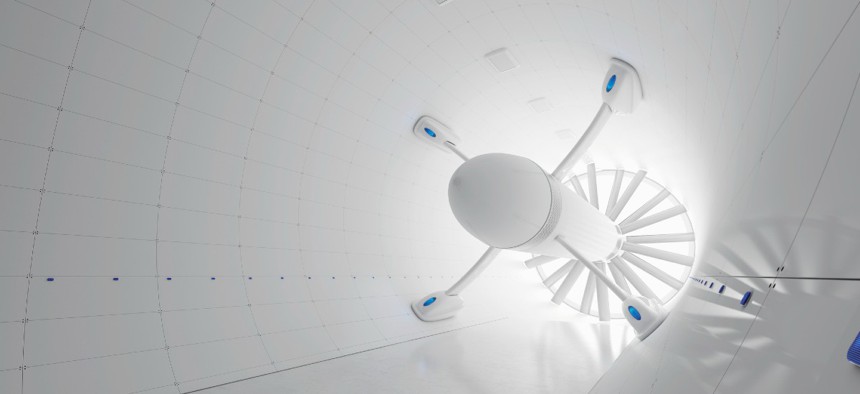Army moves toward second solicitation for $4B in R&D services recompetes

Gettyimages.com / Viaframe
This is for the full-and-open portion of a contract vehicle used to acquire research-and-development services for global space, missile defense and high-altitude missions.
The Army has released the draft solicitation for the second part of the next iteration of a contract the service branch uses to acquire broad research-and-development services from industry.
The new Design, Development, Demonstration and Integration II Domain 1 program will be a full-and-open exercise and have a $2.57 billion ceiling to be shared among all awardees for the full 10-year duration.
Responses to the D3I2 Domain 1 draft request for proposals are due April 15, the Army said in a Sam.gov notice Tuesday.
The release of that draft RFP follows the Army's move in January to unveil the final solicitation for the small business track known as D3I2 Domain 2, which will have a $2.05 billion ceiling over up to 10 years.
Both portions of the contract are recompetes from the current iteration that was awarded in 2016. For the Domain 1 recompete, the Army anticipates it will make up to five awards.
D3I2 Domain 1's incumbent list is as follows:
- BAE Systems
- Leidos (through its Dynetics acquisition in 2019)
- Northrop Grumman
- QWK Integrated Solutions
- RTX
- Science Applications International Corp.
- Teledyne Brown Engineering
The Army's Space and Missile Defense Command uses the D3I2 procurement to acquire information integration, data exploitation and other warfighter capabilities for the development of solutions for global space, missile defense and high-altitude missions.
Awardees will compete to carry out design, development, modernization, fabrication, integration, modification and testing work on R&D prototypes, systems, architectures and projects.
The Army envisions the contract as directly supporting U.S. Northern Command, Southern Command, Strategic Command, other service branches and fellow government agencies.
Space and high-altitude missions involve all aspects of military, civil and commercial operations ranging from launch, platforms, payloads, ground segments, user segments and information management.
For the missile defense area, the Army is interested in capabilities to aid in the detection and characterization of air and missile threats. This support area also includes global strike objectives, offensive and defensive operations, weapons of mass destruction consequence management, security cooperation and partnering activities.


